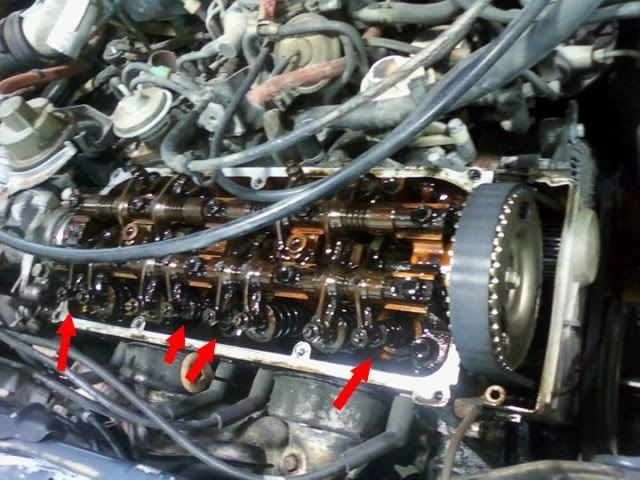Also I NEEED to rephrase that, I meant a
drop in fuel economy. RedPepperRacing guys haven't seen it effect FE after "devac-ing"
It's Japan's way of avoiding EFI, to put it simply. In stead of an ECU and wired sensors, you have a mess of vacuum lines controlling, measuring, actuating, etc.
The engine is a lean burn design regardless of what the emissions controls tell it to do. When removed, the motor only runs a fraction richer. And if the emissions controls were in bad shape, it would severely hurt the performance of the motor in all aspects, and for the most part it may become easier to remove all of it rather than track down parts that don't exist and fix a complex system. In my case, I don't have to worry about any of this, everything appears to be working right and the only vacuum leak is at the carb (a common failure). I'm a "If it ain't broke, don't fix" person. But if it causes problems I won't hesitate to go old-school-simplicity, and just throw a wide-band 02 sensor to keep an eye on the motor's a/f ratios.
The lean burn aspect comes from the cylinder head design with CVCC, from what I read. Not the emissions controls. This is some interesting engineering:
CVCC refers to Honda's Compound Vortex Controlled Combustion. It was a dual chambered cylinder head that allowed Honda to run with out a cat-converter for many years, as well as develop a very efficient lean burn head that didn't risk many of the typical issues that you'd run into with this design.
Each head was basically a 3 valve/cylinder head. You had a typical intake/exhaust valve, but you also had a CVCC valve that was much smaller. This valve was actuated by the cam shaft, just like the intake/exhaust valve with it's own cam lobes.

The third valve let in a rich-mixed air charge that filled in a small combustion chamber that was placed around the spark plug. This air mixture was fed by a tiny dime-sized barrel in the carburettor, and actuated with the throttle. You can see the throat of this barrel under my finger in the picture of the carb.

While the mini-chamber was being filled with a rich-mixture, the main combustion chamber was filled with a lean-mixture, and provided the actual power stroke. The reason for this? From what I've read, lean-mixtures were difficult to ignite. The rich mixture around the sparkplug ignited easily, and the flame traveled out to the main combustion chamber where the lean mixture ignited. Combine that with 10:1 compression ratio, and the result was a very clean, efficient burning carb motor.